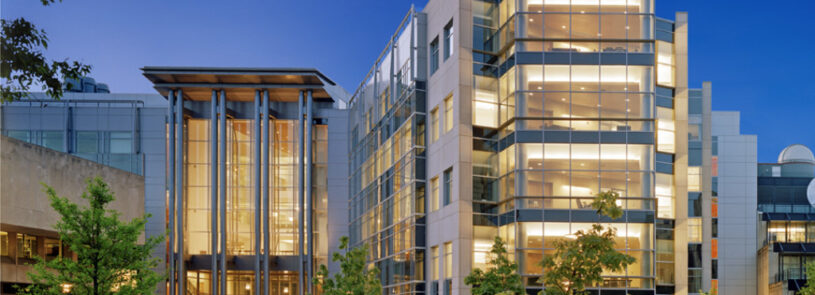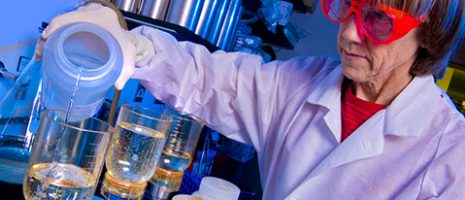IMEG design enables quantum superchemistry to be observed

By Brandon Fortier and Blair Hawn
A University of Chicago laser laboratory, designed by IMEG in 2013, was recently showcased in the announcement that Cheng Chin, University of Chicago professor of physics and member of the James Franck Institute and Enrico Fermi Institute, and his team observed the first evidence for “quantum superchemistry.” This phenomenon, predicted but never before observed, involves particles in a shared quantum state undergoing collective accelerated reactions.
The lab’s advanced design played a crucial role in facilitating these intricate experiments, where Chin’s team observed accelerated reactions among cesium atoms cooled to near absolute zero.
IMEG’s engineering design accommodates the extreme precision required for quantum experiments, particularly those at ultra-low temperatures, where particles can be coaxed into the same quantum state. The lab’s infrastructure and environmental controls ensure that delicate equipment and precise measurements operate without interference, allowing for observations of previously inaccessible phenomena to researchers.
Chin and his team’s findings not only validate long-held theories but also open doors to advances in quantum chemistry, computing, and engineering. Quantum superchemistry, as observed here, could redefine how we approach chemical reactions and molecule formation, with potential applications ranging from tailored quantum materials to advanced computing.
IMEG’s innovative approach to lab design for quantum research is critical to this progress. As the field of quantum engineering expands, facilities like this are essential in shaping the future of technology and science.
Chin and his team recently published their groundbreaking findings in Nature Physics.
Read more about IMEG’s design for the University of Chicago’s laser lab suite.













